Well, I don’t mean the entire summer, but I did some “creative coding” in the last months and today was the first day of autumn, so I couldn’t resist to use this title.
“Creative coding” is a funny term that implies that “normal coding” is not creative. From Wikipedia:
Creative coding is a type of computer programming in which the goal is to create something expressive instead of something functional.
I made some images. I gathered them in this post with some rough descriptions.
Start
First I stumbled upon an absolutely amazing YouTube channel called Coding Rainbow where Daniel Shiffman teaches various things related to creating artistic programs. He implements most of his examples in p5.js and Processing.
My first p5.js sketch created after watching Daniel’s video was this tree:

Some images here are photos of the screen.
Because I think they look cool. 😎
Fermat’s spiral
Next, I created a looped animation of a Fermat’s spiral:
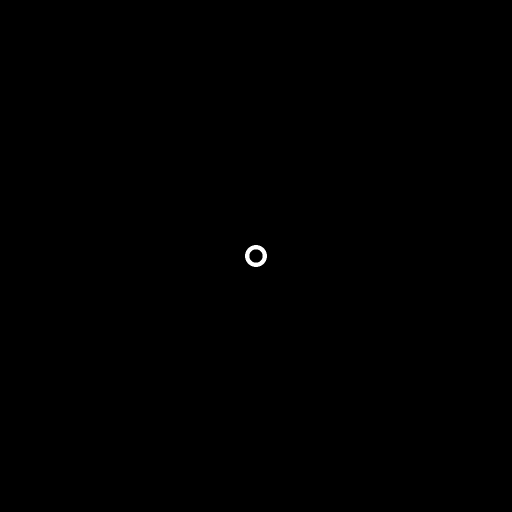
Saving GIFs from p5 turned out to be hard. To get the that perfect loop, I ended up pausing the animation after each frame, posting the canvas data to a Python server, saving image data in a PNG file, and combining PNGs into a GIF using ImageMagick.
Superformula
After watching a Coding Rainbow video about 2D supershapes, I made this loop:

HSB (hue, saturation, brightness)
After watching p01’s talk, I started experimenting with additive blending of particle trails.
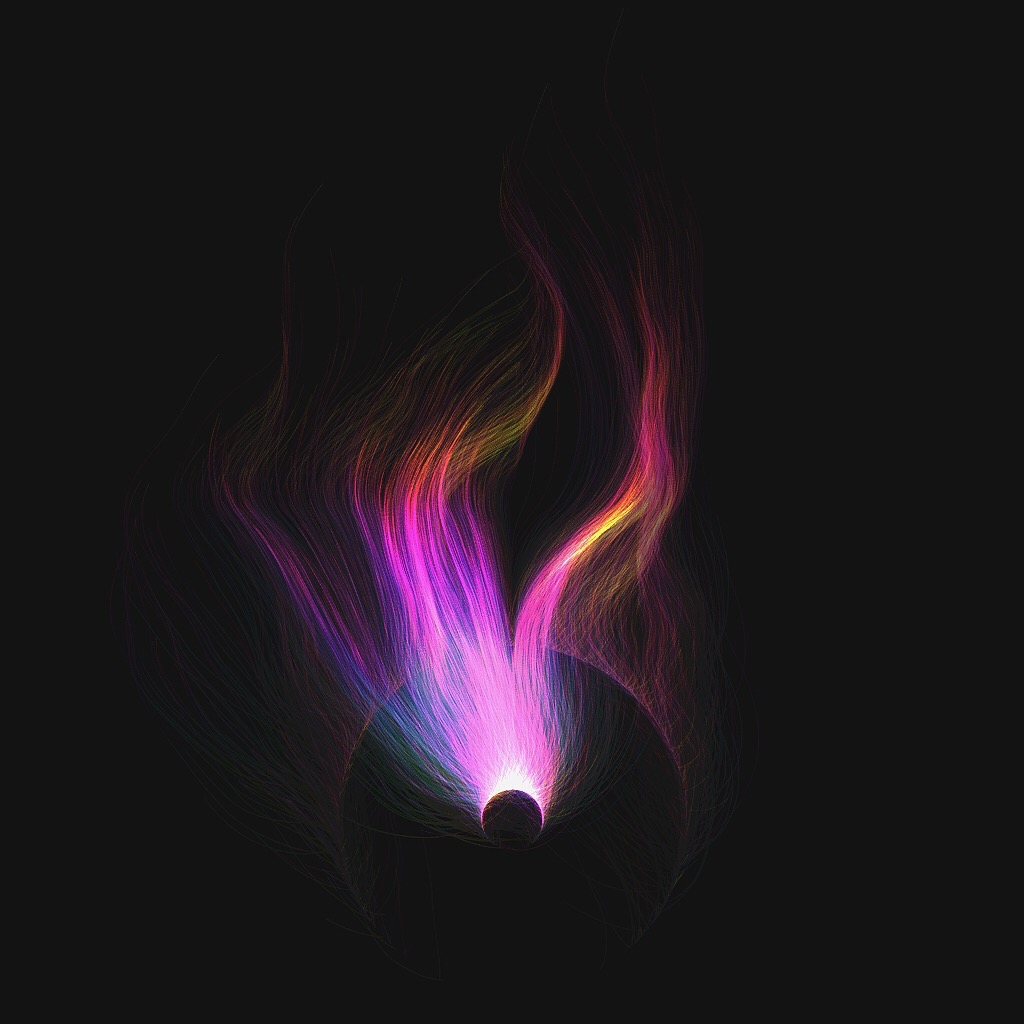
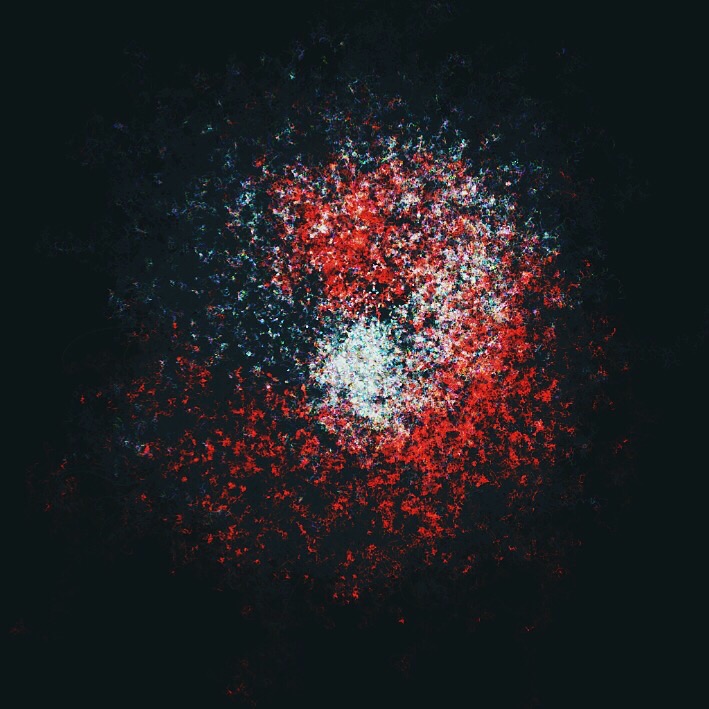


Fun story: around the time that I was posting these images on social media, I took a photo of a drying tray in the kitchen. Residues formed a pattern resembling a galaxy. My brother thought I generated it in p5. 😊

Folds
Tomasz Sulej wrote a fun tutorial, based on which I created a couple of images:
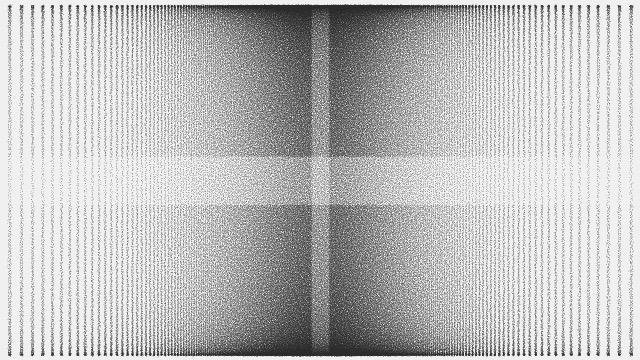
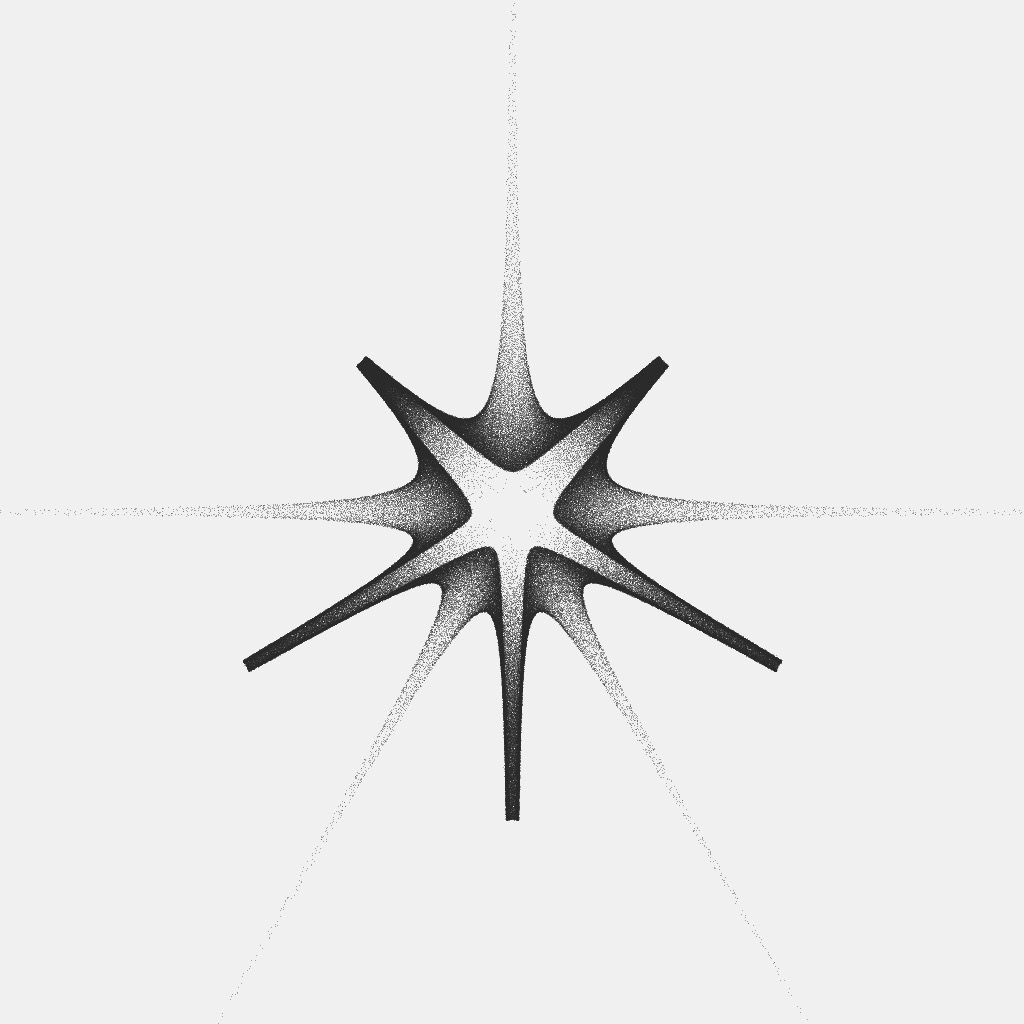

L-systems
On vacation I was reading The Algorithmic Beauty of Plants (link to a 17 MB PDF) on an iPad. I struggled to simulate the presented systems in my head. I wanted to see them in action, see what they do step by step. A friend created an LTE hotspot for me and I downloaded the Pythonista app. It was the first time I used Pythonista. I’m very impressed. I’m amazed that thanks to this app I was able to comfortably create a program to interactively explore examples from the book. Complete with UI and image generation. All of this on an iPad (a book reading device!) and offline (no Stack Overflow). Pythonista is a very good creative environment with interface builder (!), documentation, custom keyboard keys, and great code completion. I was surprised how not-painful it was to code on a tablet. Of course I’m faster on a physical keyboard but code completion helps a lot. I think the difference in comfort is even smaller if you’re not a Vim user.
